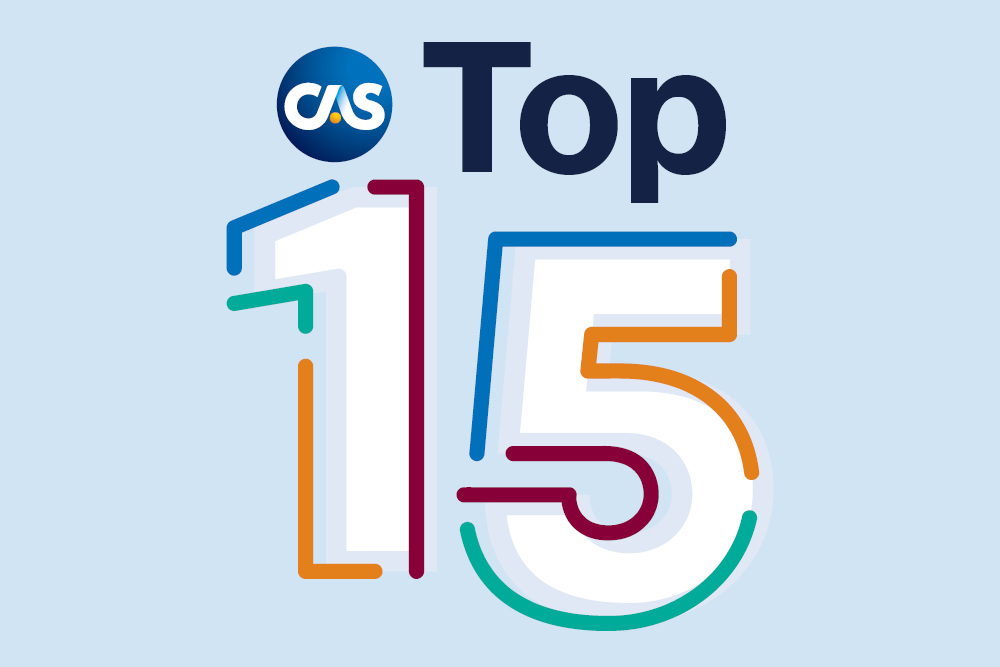
Actuaries have a critical role to play in measuring climate change as well as its impacts and driving long-term decision making, three risk management thought leaders told attendees at the CAS 2021 Annual Meeting.
In a session titled “Calling All Actuaries: The Need for Risk Experts to Shape Climate Action,” the panelists (only one of them an actuary) explained the importance of the actuarial discipline for filling gaps in how the public understands climate-related risks and communicating about those risks to drive much-needed behavioral change.
Nancy Watkins, FCAS, described the “superpower” of actuaries — in particular, property-casualty insurance actuaries — as being “really good at word problems.” Watkins, a principal and consulting actuary for Milliman, said, “We don’t just do calculations. We’re good at figuring out how to set up the problem, determine which questions need to be answered, and what the necessary data is to solve the problem.”
Laypeople, in general, do not understand risk — especially complex, long-term risks like those related to climate change. This makes the rigor and data orientation of the actuary essential to seeing through often emotional and politically driven public narratives.
“We’re a trusted voice,” Watkins said. “Trusted to be independent.”
Carolyn Kousky, executive director of the Wharton Risk Center at the University of Pennsylvania, reinforced Watkins’ observation. She said the work around climate change “has to be underpinned by the sound risk assessment, independent, trustworthy risk assessment” that actuaries can provide.

Kousky highlighted two major areas demanding this type of risk assessment:
1) Building resilience and better linking risk transfer with risk reduction.
2) Addressing the diverse risks associated with a transition toward a lower-carbon economy.
Serena Sowers, vice president for public sector solutions at Swiss Re, spoke about the issue from an economic perspective. She cited research indicating that, if targets set by the United Nations Paris Accords on climate change are not met, a 10% decline in global GDP is likely to result.
Such anticipated economic impacts, combined with an already large and growing global protection gap — only 30% of catastrophe damage globally is insured, Sowers said — demands long-term planning based on an understanding of the interconnectedness of economics, geography, culture and public health as well as life and property risk.
Sowers discussed the local and regional impacts of increasingly frequent and severe weather events, when communities that have not yet recovered from one “100-year storm” are quickly hit by another.
“How does a community recover if the tax base is totally disrupted?” Sowers asked. “How can you tax people who’ve just lost everything?”
In addition, climate change affects different communities disproportionally, often having the greatest impact on less-affluent ones and communities of color.
From a property-casualty perspective, Watkins stated that the problem is that insurance is priced on a one-year basis — this keeps premiums down but doesn’t adequately reflect longer-term risks. As a result, she said, “All this unpriced, unacknowledged risk is maintained off-book by the government and passed along to the taxpayer.”
Kousky concurred. “We disclose today’s risk to buyers,” she said, “[but] we don’t disclose future risk. And the decisions we make as individuals and communities are rarely one-year decisions. When we move somewhere, we plan to stay there for a while. Our mortgage might be 30 years, and when a community is deciding where to put buildings and infrastructure, that can be there for centuries.”
“There’s a huge demand for long-term estimation,” Watkins said. “State regulators are really struggling with it. Insurance companies are struggling with it. Actuaries can be very helpful in the dialogue, but it’s a tough problem.”
When it comes to the proliferation of climate models and available analytics and data resources for those seeking to better understand climate risk, Kousky sees a big opportunity for actuaries in user education. “It’s not just about understanding the differences among the models and which model is fit for what purpose,” Kousky said. “It’s about understanding ‘model uncertainty,’ which doesn’t roll off the tongue of the average user. We’re going to need to do a better job about communication and education.”
“A model is not reality; it’s a simplification of reality,” Watkins said. “The future will not look like the past, and people who are not risk experts are still going to have to make decisions and be responsible for planning ahead — but everything they know may not be useful to them.”
The obligation for the actuarial community, Watkins said, is to educate people as to what risk means: “We need experts to report back to the non-experts.”
Jeff Dunsavage is a senior research analyst for the Insurance Information Institute in New York City.













